|
This is the last installment of SETMA’s response to the Robert Wood Johnson Foundation. In October, 2012, the Foundation will select 30 practices out of 400 nominees out of 256,000 practices in the country. The Foundation’s goal is to learn from highly functioning practices. The project description is:
“The goal of the program is to identify and study about 30 high functioning primary care practices with interesting team models and use of staff (exemplar practices) in order to create tools and materials to help other primary care practices with transformation and improvement. A description of the program can be found on the RWJF website.
“(SETMA)....was one of nearly 400 that were recommended by experts in primary care and your peers. Our National Advisory Committee has begun the work of drilling down to a final group of practices for site visits and to form a learning community aimed at sharing the collective knowledge and experience of the participating practices with others. We seek exemplar sites that have performance measurement programs in place that can help assess the impact of their innovations in the practice.
:”Our next step is to ask you to help us understand how you are measuring and using dataon clinical quality, organizational performance, patient experience, and /or staff experience. From our initial conversation with you, it is likely you already are routinely collecting data in several of these categories. We would appreciate it if you would be willing to share any performance reports such as run charts, dashboards, or quality reports that you already collect for your own improvement work.”
SETMA’s full response to the RJWF can be found on our website at: The Primary Care Team
Learning from Effective Ambulatory Practices (PCT-LEAP) Performance Measures Worksheet Robert Wood Johnson Foundation This link will take you to a 57-page report submitted to RJWF, of which the below is a part. The index to the report on our web is a list of hyperlinks which allows easy review of SETMA’s work. Whether SETMA is selected or not, the exercise of producing this paper and of reviewing this series of articles has helped us clarify our goals.
The following is the Hypertension Disease management Master Template
This is the link to the full tutorial: Hypertension Tutorial
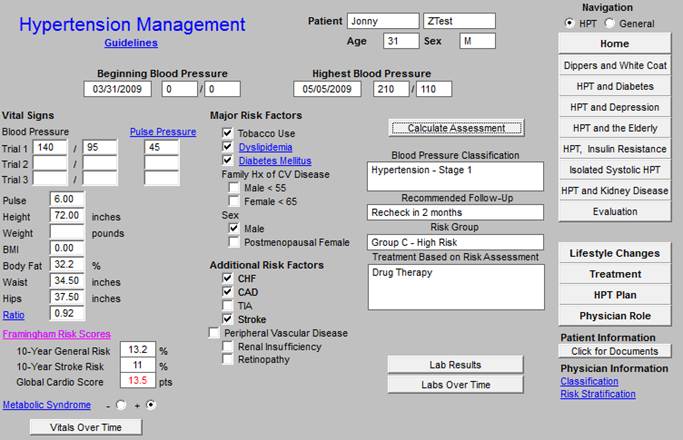
The following are the audits and analysis which we perform for hypertension as we look for patterns and points of leverage for improving the care of our patients with hypertension as we see their health improve and for a lower cost.
The analytics allow us to compare the patients treated to goal and those who are not to goal in order to discover leverage points for improving the care of all patients. Elements analyzed are frequency of visits, numbers of medication, gender, payer class, ethnicity, age, frequency of testing, etc. In that these analytics are all done electronically, they do not take much time and can be done with increased frequency for increased value. One of the most important elements of analysis is the determining of whether a change was made when a patient is seen who is not to goal. The overcoming of clinical inertia is critical to the improving of patient health or outcomes.

Below, you will see an element entitled “Treatment Changed.” In the patients who were not to goal, 80.2% of the time a change was made in the treatment! That is excellent.
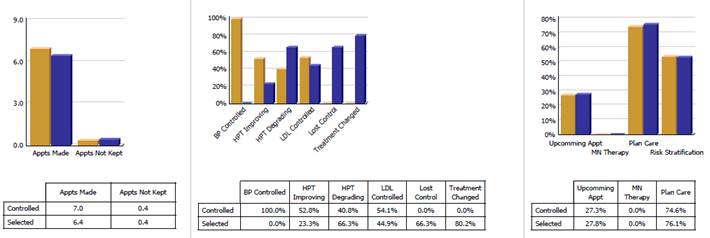
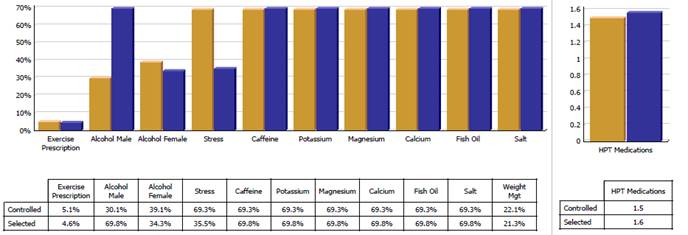
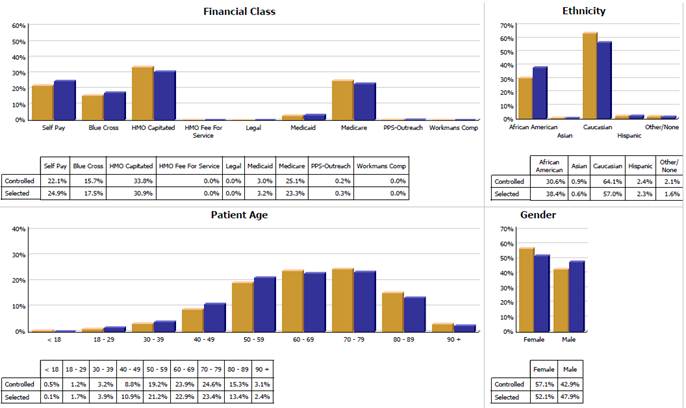
Te following is the Physician Consortium for Performance Improvement (PCPI) Quality Metrics SET for hypertension. Following the list of quality metrics is the audit for hypertension care.
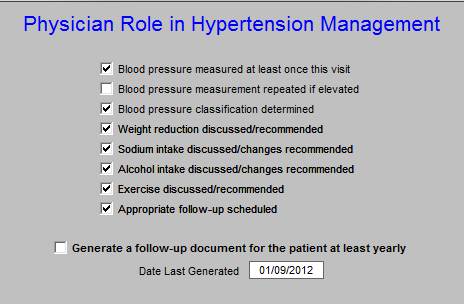
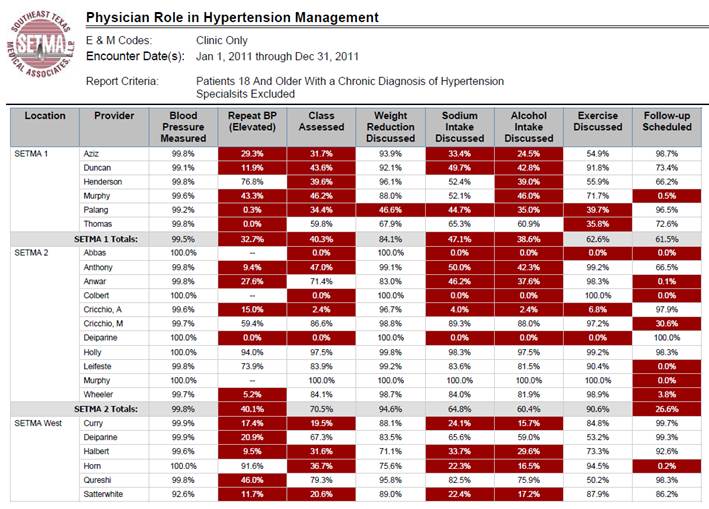
Summary
In December, 2010, SETMA was invited to contribute a chapter to a new book entitled,
Innovation with Information Technologies in Healthcare. This fall that book should be published. In the preface, the editors Lyle Berkowitz, MD, FACP, FHIMSS and Chris McCarthy, MPH, MBA state their purpose:
“You have spent a lot of money on your electronic health records (EHR ) and other healthcare information technology (HIT ) systems€¦ and you want to see results! You know that simply recreating paper-based processes on a computer will not significantly improve quality, efficiency or your financials€¦”
“We first thought about writing each chapter ourselves, but we quickly realized that it was the Voice of the Innovator which would be most revealing. We wanted the real people in the trenches who were involved with the innovations from the start to write their stories as only they could€¦”
This fall that book will be published. In it, SETMA’s story will be told. Increasingly, this is what is being sought, “the voice of the innovator.” Rather than theory, the stories of those who have seen the problem and dreamed of solutions are being sought. Just as this book, RWJF’s Primary Care Project has that purpose. The story does not stop there, however, it continues daily as new ideas for old problems are designed. And the good news is that when the result of the new design is failure, that result is only temporary. Of our trying and trying again, we learn and when we learn, we build. Eventually, we will succeed because that is the only acceptable result.
|